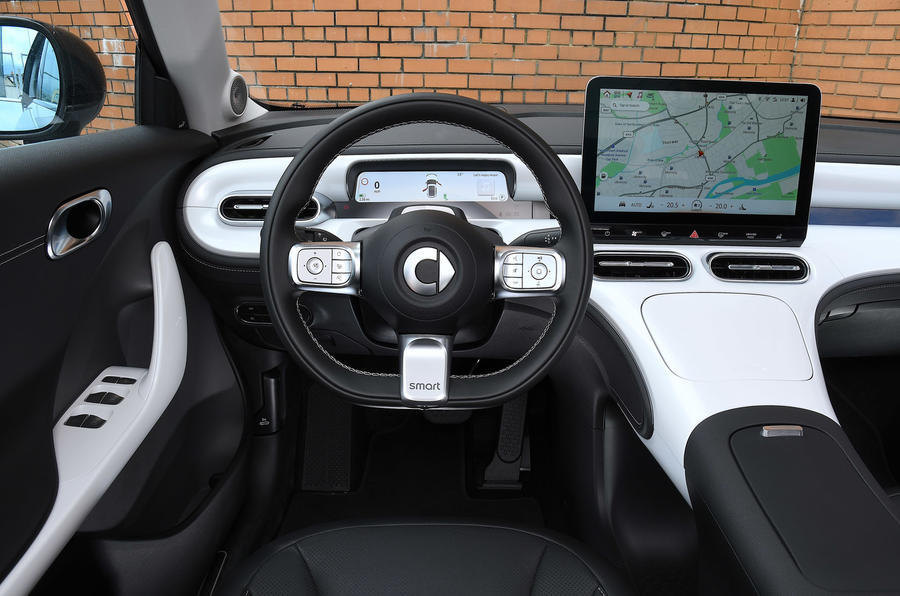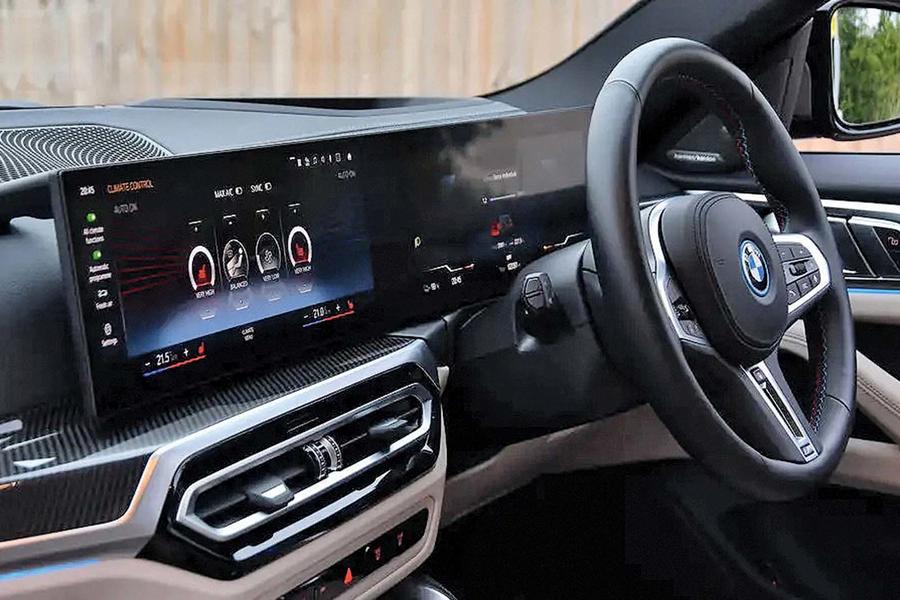The Smart #1 Prior drove already had equipment fitted, but a payment had to be made to activate it
Over-the-air updates and subscription services may not be a new idea, but it’s one that gets Prior’s goat
I always thought Smart was the friendly face of Mercedes-Benz.
Sure, the original dinky little City Coupé two-seater was a better idea in principle than I felt it was in reality, but I loved the idea of it, the cleverness of it.
If we all drove sub-tonne Smarts rather than 2.5-tonne SUVs, the world would have thanked us for it. And we would have had more fun along the way.
Above all, though, I liked the Smart’s friendly vibe. Where other Mercedes were austere and sensible, the Smart – first conceived as a joint-venture between Mercedes and Swatch, famous for bringing trendy Swiss watches to the masses – was funky and attainable. And even when it started to lose its mojo, it was forward-looking; Smart has been an all-electric brand since 2019.
Now there’s a chance that, even though it’s a compact SUV maker and Mercedes-Geely mash-up, it will remain at the forefront of trends. Only this time, a rather more concerning one…
The Smart #1 can, like nearly all new cars, receive over-the-air software updates. At some point, early customers will find their car’s touchscreen is suddenly able to mirror their phone, thanks to a free download.

Then will come another update, which Smart UK hasn’t yet decided how it will handle.
The #1, see, has a heated steering wheel. At the moment, its functionality hasn’t been turned on. When the time comes, it could just arrive like a surprise present. Or, more worryingly, customers might be asked for pay for it, either permanently, one-off, or as a subscription: you pay it in winter but not in summer.
Either way, the hardware is already fitted. Both #1s that I drove last week had a heated steering wheel, just not a switch for it. At some point, Smart might deign to provide the heating, perhaps for free, perhaps for a price.
I hate the idea of it costing. The heater element is already there because it’s cheaper to fit all cars with one than some without, given the percentage of buyers who would like one.
So the potential scenario exists: you’re driving your Smart to work, where you will be told off for being late, with your hands chilled to the bone, because you spent many painful minutes walking Gran into a health centre in sub-zero temperatures.
You’re wondering whether she will be okay and how you’re going to handle the impending carers’ expenses, on top of the other ever-rising bills. And you will have a choice: bear the numbness or get some badly needed warmth back into your delicate fingers by swiping some of your hard-earned pounds, which mean a great deal to you, in the direction of companies to which they mean nothing, because they made over £20 billion in profits in 2022, so that software can automatically enable a switch for a feature that you own and have already paid for.

Paying for features that already exist is not a new, Smart-centric idea, I should add. BMW (2022 profits: £20bn) introduced subscriptions for features like heated seats to plenty of outrage. Tesla (2022 profits: £9.9bn) enables adaptive cruise control features via subscription to less outrage, because there are owners who would applaud Elon Musk for punching their dog.
Whoever does it, I despise it. More than I can tell you. I’m a mildly spoken man, but there are two words for this: one of them is ‘off’. Is that irrational of me?
I’m convinced of two things: I will never buy a car that has subscription-enabled features. And if I wanted to show what a nice, customer-focused car company I was, I would provide that switch for nothing.
Source: Autocar
